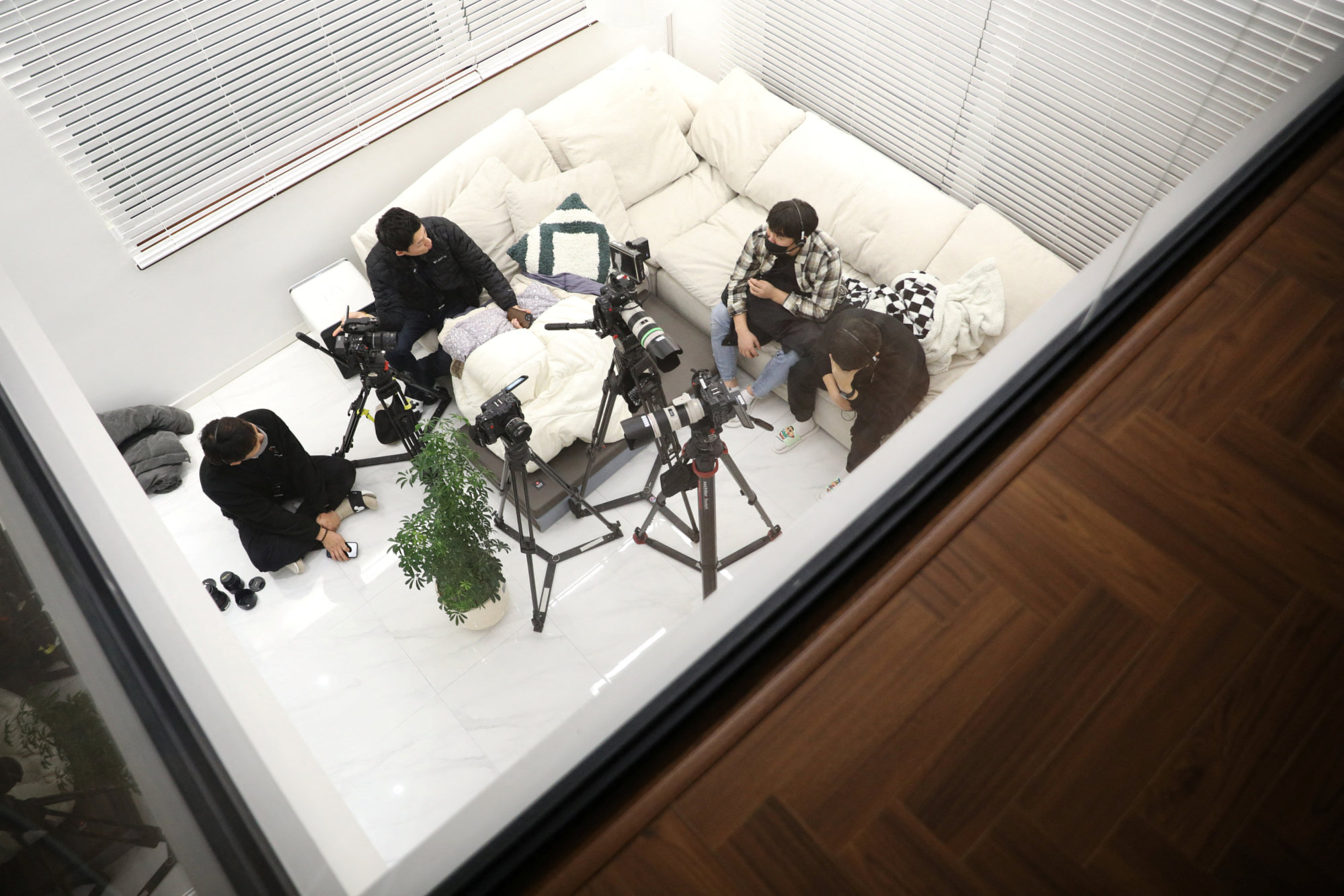
South Korean reality shows about love and dating at an all-time high – they just don’t want to get married in real life
- A growing number of shows are highlighting South Korea’s acceptance of non-traditional relationships that do not revolve around marriage and starting a family
- Instead of marriage, these shows focus on couples who have chosen not to tie the knot or have babies, LGBTQ people and divorced people searching for love again
If South Korea’s big boom in dating and relationship reality television shows is anything to go by, the country’s interest in romance has never been greater.
At least 20 such shows aired across the country’s television networks and streaming platforms last year – more than triple the number in 2021, according to a Reuters tally.
There is a plethora of shows matchmaking young single people, but also, notably, a growing number highlighting South Korea’s increasing acceptance of non-traditional relationships that do not revolve around marriage and starting a family.

Kim Jin, chief producer of Living Together, Not Marriage, says the show, which premiered in January, does not intend to advocate unmarried cohabitation or discourage marriage, but spark debate.
Reject ‘low-quality marriage’: single woman renews China’s marriage debate
“By showcasing these couples’ lifestyles and the reasons behind their decision, we wanted to bring the topic to the fore of society,” she says.
While official statistics on their numbers are not kept, unmarried couples living together no longer raise eyebrows in South Korea. That said, having kids outside marriage is a step that few Koreans would contemplate.
Whether to marry or not has been a source of tension for Cho Sung-ho and Lee Sang-mi, a couple of more than 10 years featured on the show.

“I am most comfortable with how it is now, and don’t quite get why I should get married and have more obligations such as visiting both sets of parents in the holiday season,” Lee said.
Cho, also 32, still hopes for marriage and children, although the former K-pop idol-turned-YouTuber says he understands Lee’s reluctance given that women usually bear the greater burden in child-rearing.

And while romance reality shows may be all the rage, a substantial number of Koreans also appear prepared to eschew relationships altogether.
According to a survey of around 1,000 people last year by the Korea Population, Health and Welfare Association, about two-thirds of single people aged between 19 and 34 were not in a relationship. Of those, 61 per cent of women and 48 per cent of men said they had no desire to find a boyfriend or girlfriend in the future.

Shows like Living Together, Not Marriage illustrate how South Korea is embracing diversity in relationships in a way that is closer to Western societies, but the shows are also still very distinct from their Western counterparts.
The conversations in and around dating and relationship shows are good for South Korea, says Lim Myung-ho, a professor of psychology at Dankook University in South Korea.
“The government and society really need to make efforts to foster a more positive attitude towards dating and marriage and these reality programmes can help with that,” he says.

